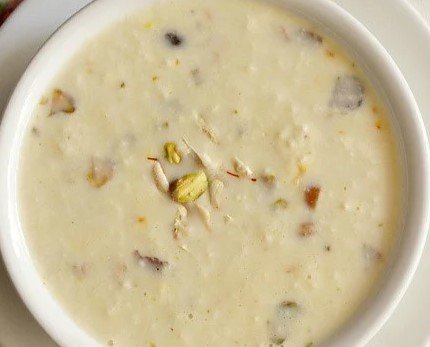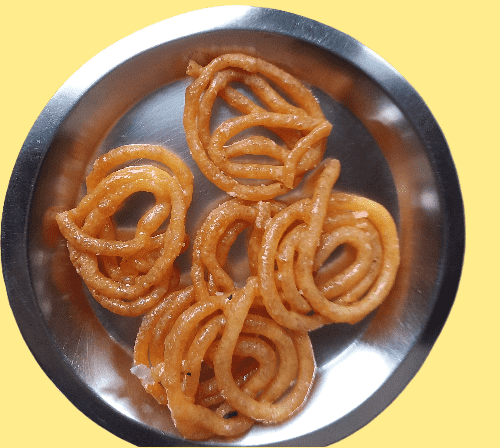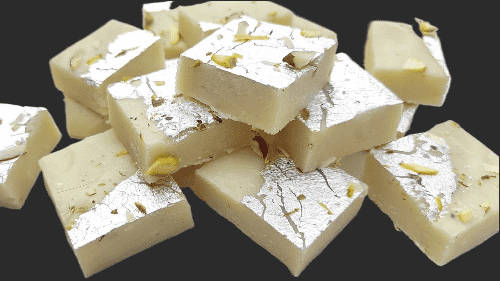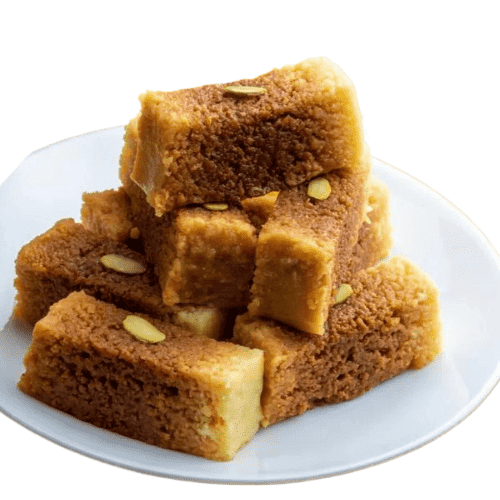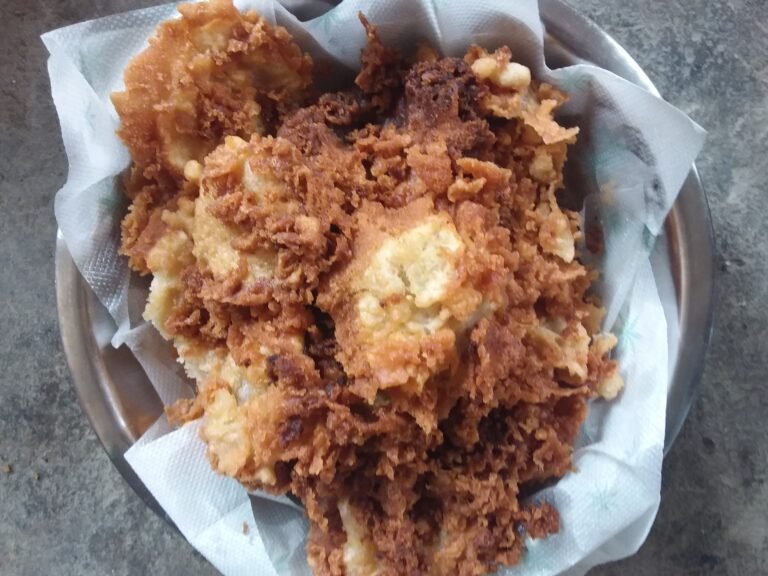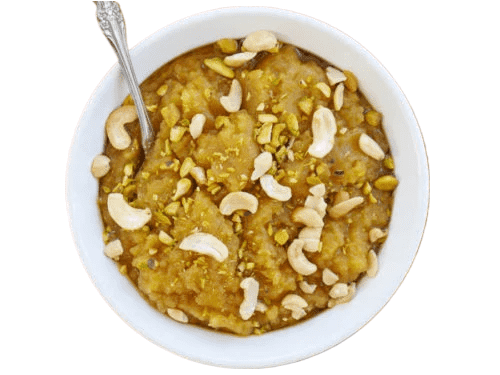Gulab Jamun
Introduction
Gulab Jamun’s origin can be traced back to medieval India, where it was traditionally made using khoya (dried milk). Today, it is enjoyed in various forms across the Indian subcontinent and beyond. Whether it’s a festival, wedding, or just a craving for something sweet, Gulab Jamun always finds its way to the table.
The Charm of Homemade Gulab Jamun
While you can easily buy Gulab Jamun from a store, making it at home has its unique charm. Homemade Gulab Jamun allows you to control the ingredients, ensuring there are no preservatives or artificial flavors. Plus, the joy of seeing your loved ones relish a dessert made by you is unparalleled.
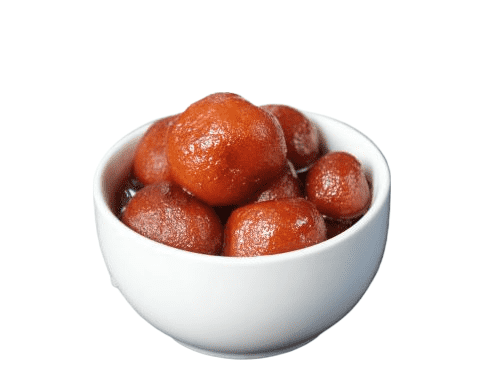
Ingredients
Making Gulab Jamun requires simple ingredients, but the quality and freshness of these ingredients are crucial for the best results. Here’s what you’ll need:
For the Dough Balls:
- Khoya (Mawa): 1 cup, grated (preferably unsweetened)
- Paneer (Indian cottage cheese): 1/4 cup, grated
- All-Purpose Flour (Maida): 2 tablespoons
- Baking Soda: 1/4 teaspoon
- Milk: 2-3 tablespoons (for kneading)
- Ghee or Oil: For frying
For the Sugar Syrup:
- Sugar: 2 cups
- Water: 2 cups
- Cardamom Pods: 4-5, crushed
- Rose Water: 1 teaspoon
- Saffron Strands: A few (optional)
- Lemon Juice: 1 teaspoon (to prevent crystallization)
For Garnish:
- Chopped Nuts: Almonds, pistachios (optional)
Step-by-Step Recipe
Let’s dive into the detailed process of making Gulab Jamun.
Step 1: Prepare the Dough
Combine the Ingredients: In a mixing bowl, combine the grated khoya, grated paneer, all-purpose flour, and baking soda. Blend well until all the fixings are equally conveyed.
Knead the Dough: Gradually add milk, a tablespoon at a time, and knead the mixture into a smooth, soft dough. The mixture ought to be flexible but not sticky.
Rest the Dough: Cover the dough with a damp cloth and let it rest for about 15-20 minutes. This resting period helps in making the dough balls smooth and crack-free.
Step 2: Shape the Dough Balls
Divide the Dough: After resting, divide the dough into small, equal-sized portions. You should be able to make around 15-20 balls depending on the size.
Shape the Balls: Gently roll each portion between your palms to form smooth, crack-free balls. Guarantee there are no splits as they can cause the Gulab Jamun to break whereas searing.
Step 3: Prepare the Sugar Syrup
Boil the Syrup: In a large saucepan, combine the sugar and water. Heat the mixture over medium flame until the sugar dissolves completely.
Add Flavorings: Once the sugar dissolves, add the crushed cardamom pods and saffron strands (if using). Let the syrup boil for about 5-7 minutes until it slightly thickens.
Add Lemon Juice and Rose Water: Add the lemon juice to prevent crystallization and rose water for aroma. Stir well and keep the syrup warm.
Step 4: Fry the Dough Balls
Heat the Oil/Ghee: In a deep frying pan or kadai, heat the ghee or oil over medium-low flame. The oil ought to be modestly hot, not smoking.
Test the Temperature: To test the temperature, drop a small piece of dough into the oil. If it rises to the surface slowly and steadily, the oil is ready.
Fry the Dough Balls: Gently slide in the dough balls, a few at a time, into the hot oil. Sear them on moo warm, blending smoothly sometime, until they turn brilliant brown. This may take about 7-8 minutes per batch.
Drain Excess Oil: Use a slotted spoon to remove the fried dough balls from the oil and drain them on paper towels to remove excess oil.
Step 5: Soak in Sugar Syrup
Warm the Syrup: Ensure the sugar syrup is warm, not hot. If it has cooled down, reheat it slightly.
Soak the Dough Balls: Gently add the fried dough balls to the warm sugar syrup. Let them soak for at least 2-3 hours, preferably overnight, so they absorb the syrup well.
Step 6: Serve and Enjoy
Garnish: Before serving, garnish the Gulab Jamun with chopped nuts like almonds and pistachios.
Serve: Serve the Gulab Jamun warm or at room temperature. Enjoy them as is or with a scoop of vanilla ice cream for a delightful dessert experience.
Tips for Perfect Gulab Jamun
Quality of Fixing: Utilize new and great quality khoya and paneer for the best comes out.
Smooth Dough: Ensure the dough is smooth and crack-free before frying.
Frying Temperature: Fry the dough balls on low to medium heat to ensure they cook evenly and don’t remain raw inside.
Sugar Syrup Consistency: The sugar syrup should be of one-string consistency, not too thick.
Soaking Time: Allow ample soaking time for the dough balls to absorb the syrup fully.
Variations and Serving Suggestions
Variations:
Kala Jamun: Add a small amount of cocoa powder to the dough to make dark-colored Gulab Jamun.
Stuffed Gulab Jamun: Stuff the dough balls with chopped nuts or dried fruits before frying.
Baked Gulab Jamun: For a healthier version, bake the dough balls instead of frying them.
Serving Suggestions:
With Ice Cream: Serve warm Gulab Jamun with a scoop of vanilla or pistachio ice cream.
Rabri: Top the Gulab Jamun with creamy rabri (thickened sweetened milk) for a richer dessert.
Festive Platter: Include Gulab Jamun in a festive dessert platter along with other Indian sweets.
Troubleshooting Common Issues
Issue 1: Dough Balls Breaking While Frying
Cause: The dough might be too dry or have cracks.
Solution: Knead the dough well and ensure it is smooth and soft. Include a small more drain if essential.
Issue 2: Gulab Jamun is Hard
Cause: Over-frying or not enough soaking time.
Solution: Fry the dough balls on low heat and ensure they soak in the syrup for sufficient time.
Issue 3: Gulab Jamun is Too Soft and Disintegrates
Cause: Excess baking soda or over-kneading the dough.
Solution: Use baking soda sparingly and knead the dough gently.
FAQs
Q1: Can I use store-bought paneer and khoya?
A1: Yes, you can use store-bought paneer and khoya, but ensure they are fresh and of good quality.
Q2: How long can I store Gulab Jamun?
A2: You can store Gulab Jamun in the refrigerator for up to a week. Reheat them slightly before serving.
Q3: Can I make Gulab Jamun without khoya?
A3: Yes, you can use milk powder or ready-made Gulab Jamun mix as an alternative to khoya.
Conclusion
Making Gulab Jamun at home is a rewarding experience that brings the joy of traditional Indian sweets right to your kitchen. With this detailed guide, you are well-equipped to make soft, delicious, and perfectly soaked Gulab Jamun. Whether you are making them for a special occasion or just to satisfy your sweet cravings, these golden delights are sure to impress. Appreciate the prepare and savor each chomp of your hand crafted Gulab Jamun!
